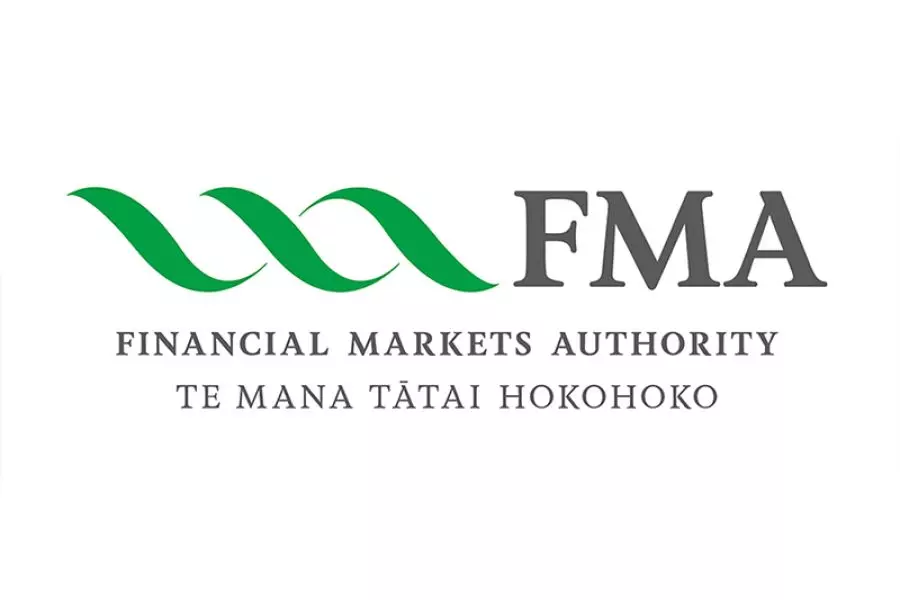
News
Housing demand softening in provinces
Monday 21st of May 2007
The bank monitors the ratio of consents (supply) to economic growth within a region and the ratio of house sales to consents. If consents are growing faster than demand growth within the region, this indicates excess supply, as does a fall below trend in the ratio of sales to consents.The majority of regions are now showing early signs of a market that is set to move in the favour of b...
Want to read the full article?
Click the button below to subscribe and will have unlimited access to full article and all other articles on the site.
Latest News
3 min read
2 min read
3 min read
Latest Comments








![[The Wrap] Bye Bye Bayly](https://goodreturns.publit.io/file/c_fill,w_900,h_600/39f23ac1-f7c7-4854-b700-a150004ebbac.webp)